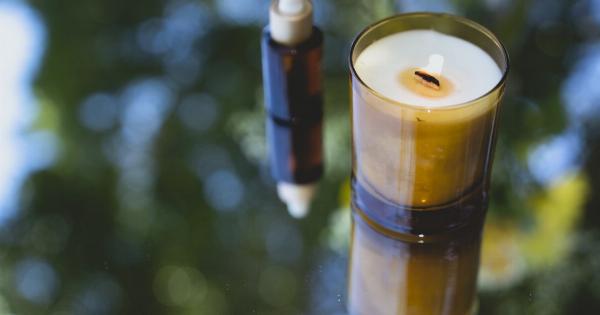As we bask in the warmth of the sun, it’s crucial to remember the harmful effects it can have on our skin.
Overexposure to the sun’s ultraviolet (UV) rays can lead to painful sunburns and, over time, contribute to the development of skin cancer. However, protecting our skin from solar burns is not only about slathering on sunscreen – it also involves avoiding certain missteps that could compromise our skin’s health.
In this article, we will explore the common mistakes people make when it comes to sun protection and discuss effective strategies to shield our skin from solar burns.
1. Underestimating the Sun’s Intensity
One of the biggest missteps people make is underestimating the intensity of the sun’s rays. Whether it’s a cloudy day or winter season, the sun can still emit damaging UV radiation.
It’s important to remember that UV rays can pass through clouds, and they can reflect off surfaces like snow, sand, and water, heightening the risk of sunburn.
2. Neglecting to Apply Sunscreen
Forgetting to apply sunscreen or not using it regularly is a major mistake in protecting our skin from solar burns.
According to dermatologists, sunscreen should be a part of our daily skincare routine, regardless of the weather or our plans for the day. It is crucial to choose a broad-spectrum sunscreen with a sun protection factor (SPF) of 30 or higher and apply it generously to all exposed areas of the skin.
3. Using an Expired Sunscreen
Using expired sunscreen can significantly undermine its effectiveness. Sunscreen contains active ingredients that degrade over time, especially when exposed to heat and temperature fluctuations.
Before applying sunscreen, always check the expiry date to ensure its potency. It is advisable to replace sunscreen every year or more frequently if it has been exposed to high temperatures.
4. Overlooking Easily Missed Areas
When applying sunscreen, it’s crucial not to overlook easily missed areas of the skin. Commonly forgotten areas include the scalp, ears, back of the neck, tops of the feet, and even the lips.
These areas are just as susceptible to sunburn and require adequate protection. Investing in a lip balm with SPF and wearing protective hats and clothing can help shield these vulnerable areas from the sun’s harmful rays.
5. Relying Solely on Sunscreen
Sunscreen alone cannot provide foolproof protection against solar burns. While essential, it should be used in conjunction with other sun protection measures.
Seeking shade during peak sun hours, wearing protective clothing, and using sunglasses with UV protection are all crucial steps to minimize UV exposure. By implementing multiple layers of protection, we can better defend our skin from solar burns.
6. Skipping Sunscreen Application Indoors
Although we may feel safer from the sun’s rays indoors, it’s important to note that they can still penetrate windows. This is especially true if you spend a significant amount of time near windows or in a car.
Consider applying sunscreen even when you’re indoors, particularly if you work near windows or have a long commute. Protecting your skin consistently is key to preventing solar burns.
7. Not Reapplying Sunscreen Adequately
Applying sunscreen once in the morning is not sufficient for long-term sun protection. Sunscreen should be reapplied every two hours, or more frequently if you have been sweating or swimming.
Neglecting to reapply sunscreen can leave your skin vulnerable to UV damage, putting you at risk of painful solar burns.
8. Relying on High-SPF Sunscreens
Many people believe that using a higher SPF sunscreen offers superior protection. However, beyond SPF 50, the increase in sun protection is minimal. The key is to apply sunscreen generously and frequently, rather than relying solely on a high-SPF product.
No matter the SPF, it is crucial to follow proper sun protection strategies and avoid prolonged sun exposure.
9. Exposing Skin During Peak Sun Hours
The sun’s rays are most intense during peak hours, typically between 10 am and 4 pm. Engaging in outdoor activities or sunbathing during this time significantly increases the risk of sunburn.
Whenever possible, limit sun exposure during these hours and seek shade if you do spend time outside. Protecting your skin from solar burns starts with making smart choices about when and how you enjoy the sun.
10. Failing to Watch for Early Warning Signs
It’s crucial to be vigilant and watch for early warning signs of sunburn, such as redness, pain, and skin that feels warm to the touch. Ignoring these indicators can lead to further skin damage and discomfort.
If you notice any of these signs, it’s essential to seek shade, reapply sunscreen, and consider using cooling measures such as a cool compress or aloe vera gel.

























